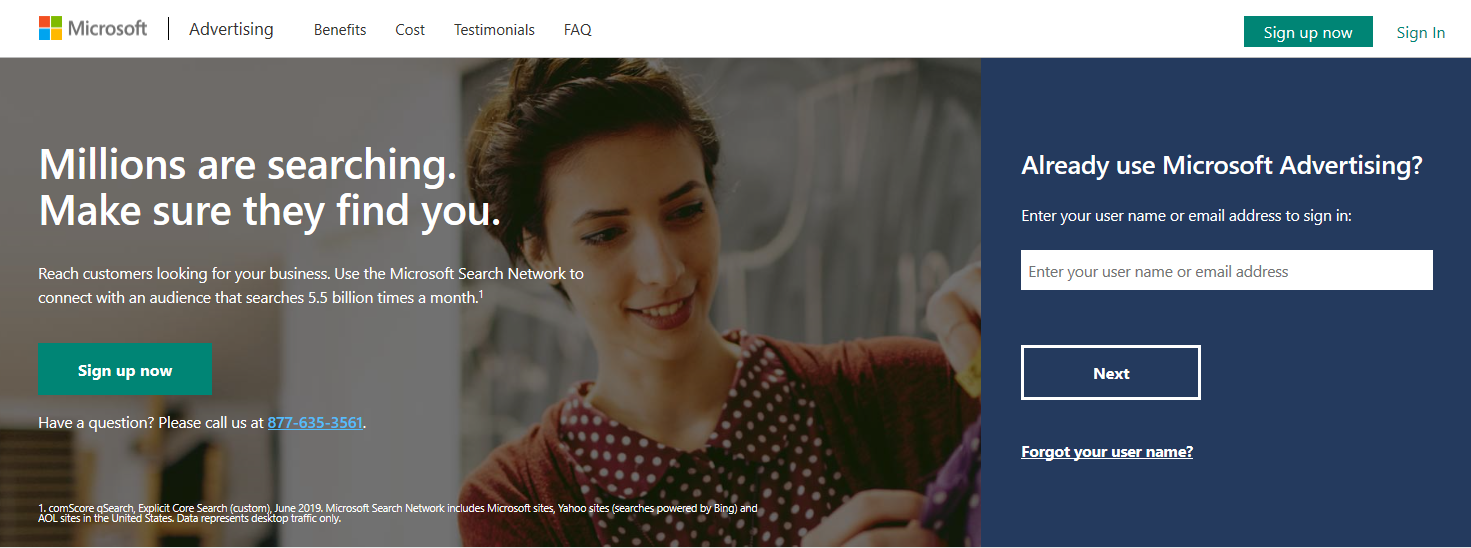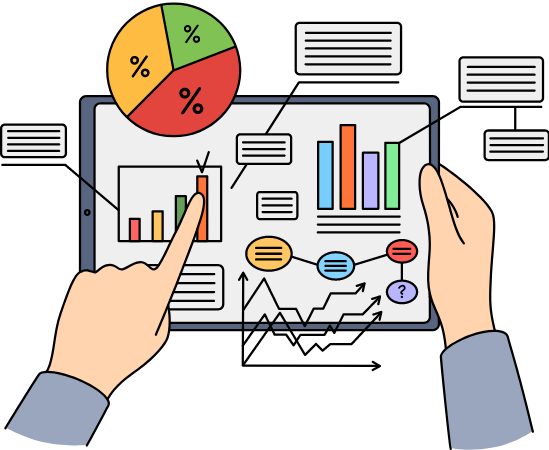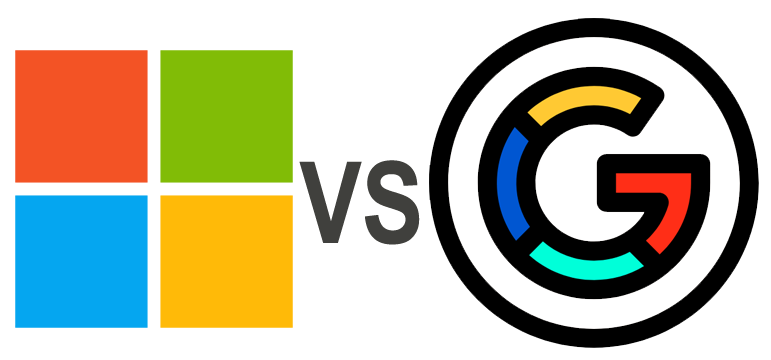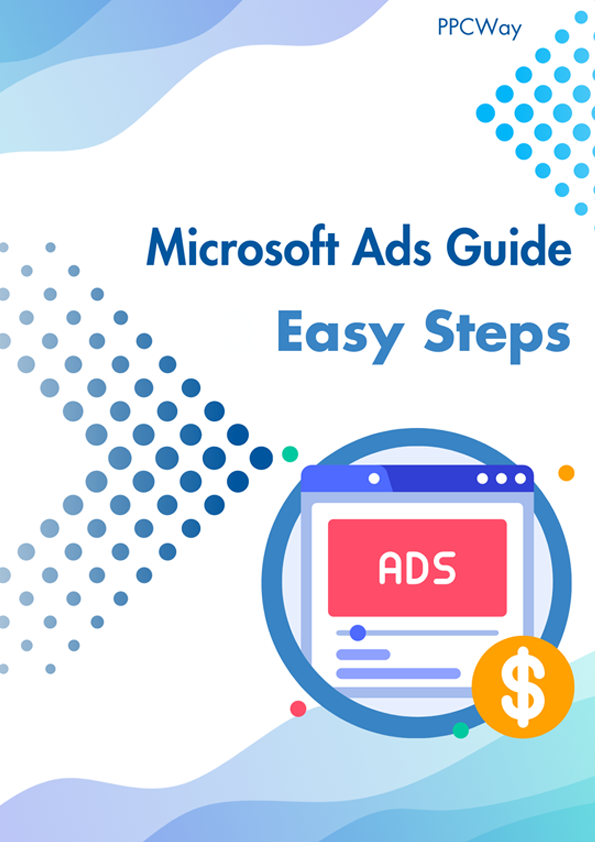Introduction: Microsoft Ads Vs Google Ads
Embarking on a journey to conquer the digital advertising realm? Look no further than the epic clash of titans: Microsoft Ads vs Google Ads.
As the online landscape continues to evolve, these two advertising behemoths have emerged as the front-runners, each wielding a distinct arsenal of tools and strategies.
In this showdown, we delve into the intricacies of Microsoft Ads and Google Ads, unveiling their unique offerings, targeting capabilities, and performance metrics. Join us as we navigate through the intricacies of this advertising rivalry, helping you make informed decisions to propel your business to new heights in the ever-expanding digital frontier.

Volume fact: Microsoft ads
As of my last knowledge update in September 2021, Microsoft Ads (formerly known as Bing Ads) is a significant player in the digital advertising landscape, although it typically has a smaller market share compared to Google Ads. Here are some volume-related facts about Microsoft Ads:
1. **Search Engine Market Share**: Microsoft Ads primarily serves ads on the Bing search engine, which holds a significant share of the search market. As of 2021, Bing's market share in the United States was around 6-7%, while globally, it varied between 2-3%.
2. **Ad Impressions**: Microsoft Ads generates billions of monthly ad impressions across its network, which includes Bing, Yahoo, and AOL search engines. The total number of impressions can vary based on factors like audience targeting, industry, and geographic location.
3. **Audience Reach**: Microsoft Ads can reach a unique audience that might not exclusively use Google. It's reported that the Bing Network has a demographic that tends to be slightly older and more affluent, which could be beneficial for certain types of businesses.
4. **Verticals and Industries**: Microsoft Ads can be particularly effective for businesses in certain industries, such as technology, finance, healthcare, and education. If your target audience aligns with these sectors, Microsoft Ads could offer a more focused and potentially less competitive platform.
5. **Click-Through Rates (CTR)**: Click-through rates on Microsoft Ads might differ from those on Google Ads. Advertisers often find that Microsoft Ads have a slightly higher CTR than Google Ads due to potentially lower competition.
6. **Cost-Per-Click (CPC)**: CPC on Microsoft Ads can be lower compared to Google Ads, making it a cost-effective option for some advertisers. This can vary based on industry, keywords, and targeting.
Please note that these figures and facts are based on information available up to September 2021.
For the most current and accurate data regarding Microsoft Ads' volume and performance, it's recommended to refer to recent reports, studies, and industry publications.

Volume fact: Google ads
As of my last knowledge update in September 2021, Google Ads is one of the largest and most prominent online advertising platforms. Here are some volume-related facts about Google Ads:
1. **Search Engine Dominance**: Google Ads serves ads on the Google search engine, which holds a massive global market share. Google's search market share is consistently above 90% in most countries, making it the go-to search engine for billions of users.
2. **Ad Impressions**: Google Ads generates billions of ad impressions daily across its various networks, which include Google Search, Google Display Network, YouTube, and Google Maps. The total number of impressions can vary significantly based on factors like ad format, audience targeting, and geographic location.
3. **YouTube Advertising**: Google Ads provides advertisers with the opportunity to reach a massive audience on YouTube, the second-largest search engine in the world. YouTube ads contribute significantly to the overall ad impressions and engagement on the platform.
4. **Global Audience Reach**: Google Ads allows businesses to target a vast and diverse global audience. Advertisers can set specific parameters to reach users based on demographics, interests, behaviors, and more.
5. **Click-Through Rates (CTR)**: Click-through rates on Google Ads can vary widely depending on factors like ad placement, ad quality, keyword relevance, and industry. Google Ads provides tools and features to help advertisers improve their CTR and overall campaign performance.
6. **Cost-Per-Click (CPC)**: CPC on Google Ads can vary greatly depending on factors such as industry, keyword competition, ad quality, and targeting. Popular and competitive keywords tend to have higher CPCs, while long-tail or niche keywords might have lower CPCs.
7. **Mobile Advertising**: Google Ads allows advertisers to target mobile users effectively, capitalizing on the growing trend of mobile internet usage. Mobile ads can be displayed across Google search results, mobile apps, and websites.
8. **Google Display Network**: Google Ads offers access to the Google Display Network, a collection of websites, apps, and videos where advertisers can display their ads. This network provides a broad reach to users beyond just search.
Please keep in mind that these facts are based on information available up to September 2021.
For the latest and most accurate data on Google Ads' volume and performance, it's advisable to refer to recent industry reports, studies, and official Google sources.

Bing Ads vs. Google Ads: Which Platform is Better in 2023?
In today's digital landscape, the significance of online advertising is a universal truth recognized by every business with a digital footprint.
This acknowledgment is underscored by astounding figures that are on an exponential surge. In fact, enterprises are investing upwards of $250 billion in digital advertisements, with leading platforms like Google and Bing at the forefront.
These two powerhouses, Google and Bing, stand as pillars in the realm of Pay-Per-Click (PPC) advertising, united by a shared mission: to facilitate companies in broadening their horizons, driving traffic, and ultimately fostering revenue growth.
Yet, within this shared objective lies a tapestry of disparities. Divergent functionalities, metrics, targeting avenues, costs, and an array of other factors set Google and Bing apart on their unique trajectories.
Parameter | Microsoft | |
|---|---|---|
Reach | 76% market share | <5% market share |
Demographics | Large, diverse market with younger users | Older, married, retired with higher incomes |
Targeting | Audience and content based | Account based |
CPC | $1-$2 on average | $1.5 on average |
Click-Through Rate | 1.91% (Search Network) and 0.35% (Display Network) | 2.83% on average |
Conversion Rate | 3.75% on average | 2.94% on average |
Conclusion: Microsoft Ads Vs Google Ads
In the ever-evolving landscape of digital advertising, the clash between Microsoft Ads and Google Ads has illuminated a realm of opportunities for businesses seeking online prominence.
As we conclude this exploration of the two titans, it's evident that both platforms offer distinct advantages that can be harnessed to amplify marketing endeavors.
Google Ads, with its unrivaled dominance in the search market, presents an expansive canvas to showcase products and services.
Its colossal reach, encompassing billions of daily searches and a multifaceted network that extends to YouTube and the Google Display Network, promises exposure on an unprecedented scale.
Advertisers can tap into granular targeting options, harnessing data-driven insights to connect with audiences at precisely the right moments. However, this immense potential comes with a competitive landscape and fluctuating costs, requiring savvy strategy to achieve optimal returns.
On the other hand, Microsoft Ads, with its stronghold on the Bing search engine and partner networks like Yahoo and AOL, offers a gateway to a diverse and engaged audience.
Its potential to reach a demographic that might elude Google Ads, coupled with potentially lower competition and cost-per-click, provides a valuable avenue for businesses to stand out in specific niches or industries.
Microsoft Ads' appeal lies in its ability to bridge the gap between advertisers and users who prefer alternative search engines.
Ultimately, the choice between Microsoft Ads and Google Ads hinges on a comprehensive understanding of business objectives, target demographics, and available resources.
There's no one-size-fits-all solution, as each platform possesses unique strengths that can be leveraged strategically.
As the digital ecosystem continues to evolve, savvy advertisers may find themselves harnessing the power of both platforms in a harmonious symphony, creating a comprehensive online presence that resonates with audiences across the spectrum.
In this dynamic duel of advertising giants, the key to success lies in the mastery of their intricacies, the artful fusion of data and creativity, and an unwavering commitment to adapt and thrive in the ever-shifting digital realm.
So, whether your journey leads you to the expansive horizons of Google Ads or the fertile landscapes of Microsoft Ads, remember that each step taken is a stride toward capturing the attention, engagement, and loyalty of your online audience.

My opinion about question: Microsoft Ads Vs Google Ads
In my view, for newcomers, opting to begin with Microsoft Ads PC advertising is a more favorable choice. This approach offers several benefits:
1. Simplified campaign creation process.
2. Cost-effective clicks.
3. Enhanced ease of campaign approval.
4. Occasional opportunity to bid on the brand.
5. Reduced likelihood of campaign suspension.
Keep in mind, this is my personal perspective.


